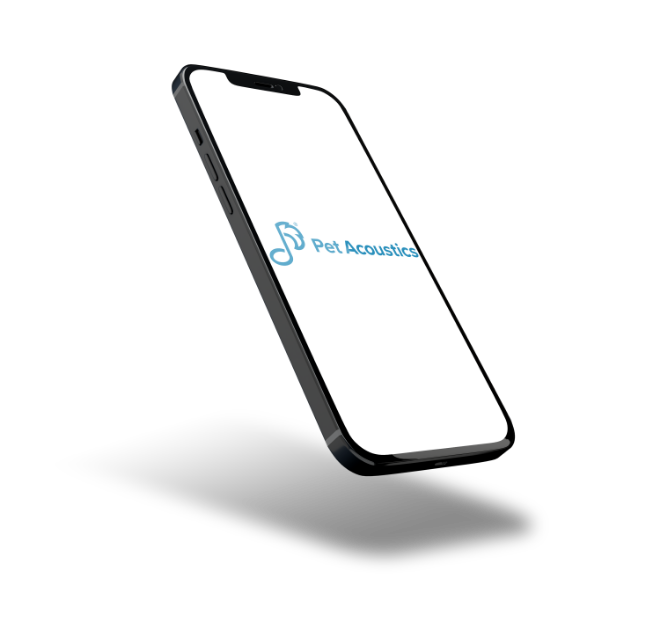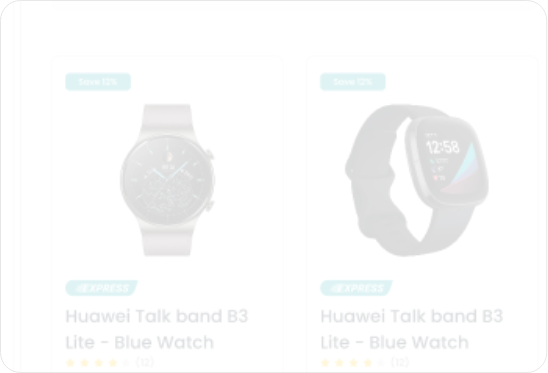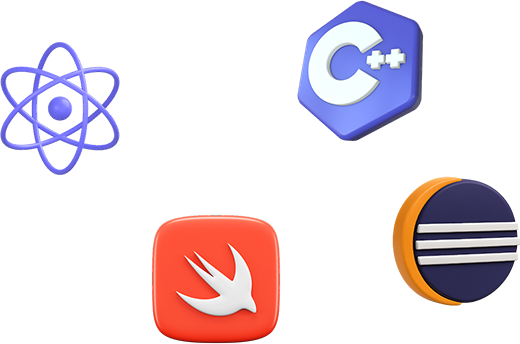

The Pet Acoustics Pet Hearing Test assesses pet auditory sensitivity, focusing on dogs and cats. It uses frequency-specific sound emissions, detecting high and low-frequency sounds. Results are analyzed and reported to pet owners.
The app offers a pioneering, scientifically designed auditory test for pets — something previously available only in specialized veterinary clinics, now accessible at home or in clinical practice.
Uses species-specific frequencies to test hearing — unlike general noise apps, this app is tailored precisely to the known auditory ranges of cats and dogs, making the tests accurate and meaningful.
The app doesn't just play sounds — it guides pet owners step-by-step, collects behavioral responses, and generates AI-assisted analysis backed by expert recommendations.
PetAcoustic is the world’s first app to test pet hearing at home using species-specific sound frequencies and expert analysis.

The button allows users to take a sound test for their pets, playing three different sounds to assess their auditory response. The application sends a summary and recommendations, and results are saved in a history for record-keeping. Users can save their pets' history for future reference.

This section will contain a curated list of calming music tracks designed for pets, each with a brief description of its purpose. Users can listen to previews or play tracks directly. It will also contain subscription plan or upgrade to the premium plan

This section provides expert advice on pet care, behavior, and auditory health, featuring Scope Document Score4 and popular blog topics, with easy-to-browse categories for dogs, cats, and other pets.

The app offers various pricing plans for users, including freemium, standard, premium, and in-app purchases. Basic users can take tests for free, while premium users have unlimited access, multi-pet profiles, and personalized recommendations.
The steps taken from the preliminary development considerations to the final release of the app.

A brief overview of the target audience, their needs, and how the product is tailored to solve their specific problems or improve their daily experience.
An outline of the strategic and technical decisions made during development—platform selection, architecture, tools, and methodologies that shaped the foundation of the app.
A deep dive into the visual and user experience design—color schemes, branding, UI components, and how the design was crafted to be intuitive, engaging, and aligned with user behavior.
Details on how complexity was reduced in both user flows and functionality—ensuring ease of use, smooth navigation, and minimal learning curve across all user types.
Insights into the testing phase—how the app was tested with users, what feedback was collected, how bugs were resolved, and how usability improvements were made based on real user input.
An explanation of the systems or features used to monitor app performance, user behavior, and data insights post-launch—helping stakeholders track success and usage trends.
Describes the delivery process—how documentation, admin tools, or training were provided to clients or stakeholders, ensuring a smooth transition and operational readiness.
A section dedicated to the app’s future roadmap—plans for updates, new features, continuous feedback loops, and the long-term vision for evolving the platform.
Showcases the app’s unique selling points and differentiators—what makes it memorable, competitive, and valuable in its industry or market.
1
Who’s It For2
Choosing How to Build3
Designing the Look4
Making it Simple5
Testing & Feedback6
Keeping Track7
Handing Over8
Always Improving9
Helping It Stand OutPartner with CMOLDs and turn your app idea into reality with expert app developers and designers on deck!